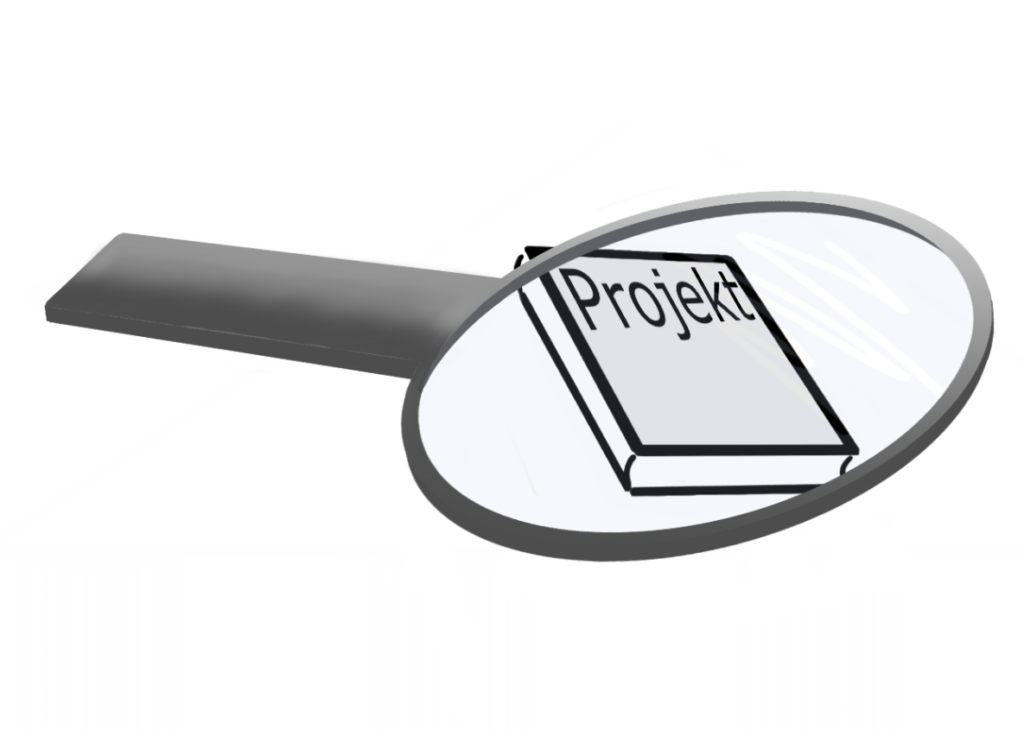
Table of contents
- When does a task become a project?
- What types of projects are used?
- What forms of organization do exist in projects?
Project management, the planning, implementation and monitoring of projects, sounds quite simple at first. But which activities are behind it and which forms are there?
To carry out a project in detail, we must first ask ourselves these questions.
When does a task become a project?
In the Din69901 a project is defined under the following conditions:
“A project is an undertaking what is essentially characterized by uniqueness of conditions in their entirety, such as target, time, financial, personnel or other conditions, demarcation from other projects and project-specific organization.”
This means in detail:
It must be unique in its mission and differentiated from the linework of a company. This includes a goal definition that is project-specific and compatible with the goals of the company, but not identical. A time-limited frame, i.e. a defined start and end time, as well as a fixed budget for finances and personnel. There can be individual exceptions depending on the planning type of the project. However, the most important thing is the project-specific plannability of the project.
What types of projects are used?
In general, there are many different types of projects. They can be defined according to the subject of the project, which is the most common form, but also according to the geography, the size, the procedure model, the client and the level of information.
Let’s go into more detail:
Classification by project object is classically divided into three categories:
- Organizational projects: Here the focus is on the process or people, this type is used, for example, for the planning of an event or the development of a new process in the company.
- Research and development projects: Here the focus is on the creation of something new, i.e. the product, this type is used for projects such as the development of a new drug or smartphones.
- Investment projects: In this type, the procurement of material goods is in the center, one classifies here projects like building projects.
The other classification types are divided as follows:
- Geography: by geographic area: local, national, international, or global.
- Size: small, medium, or large projects
- Client: In-house or external projects
- Level of information: Innovation, change, routine, or acceptance
What forms of organization do exist in projects?
Stab organization
In a staff organization, the existing organizational structure of the company remains in place. The project manager has no authority to issue directives and is not the direct superior of his project team. He is therefore dependent on the voluntary cooperation of all and the approval of the respective department heads. The decision-making authority lies with the client; therefore this organization is suitable for strategically important projects for which the client takes the time to make necessary decisions on time.
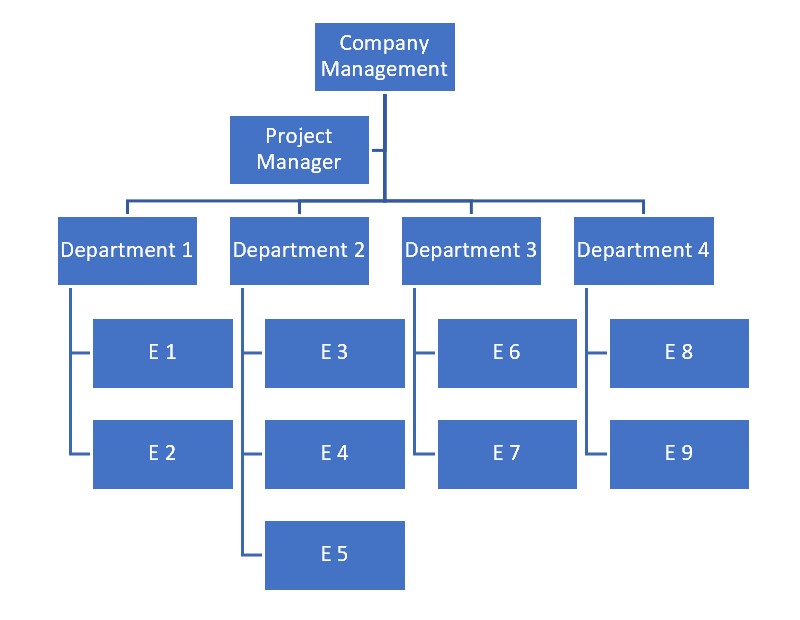
Matrix organization
The matrix organization is the most common structure. Here, the project employees also remain in the line and are released by their superiors for a certain period for the project work. During this time, the project manager is their superior. The greatest advantage of this organizational structure is the flexible deployment of employees. On the other hand, there is a conflict of interest between project and line work and a struggle for available resources. The project manager has limited authority.
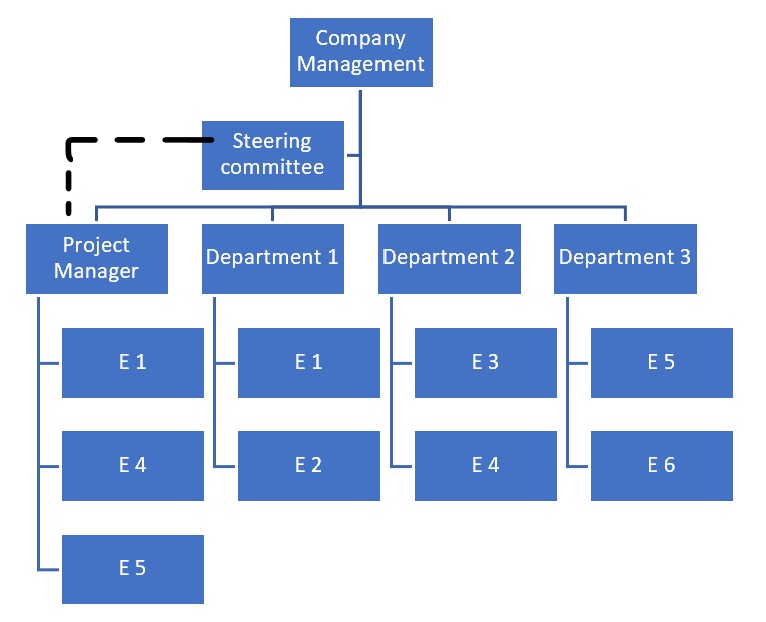
Autonomous project
The structure of an autonomous project is only used in very large projects with a project duration of several years. In this case, employees from the line are released for the duration of the project and are subordinate to the project manager. In this case, the project manager has full authority and personnel responsibility. There are hardly any conflicts of interest with the line management and there are clear reporting channels, but the full cost risk is borne by the project management.
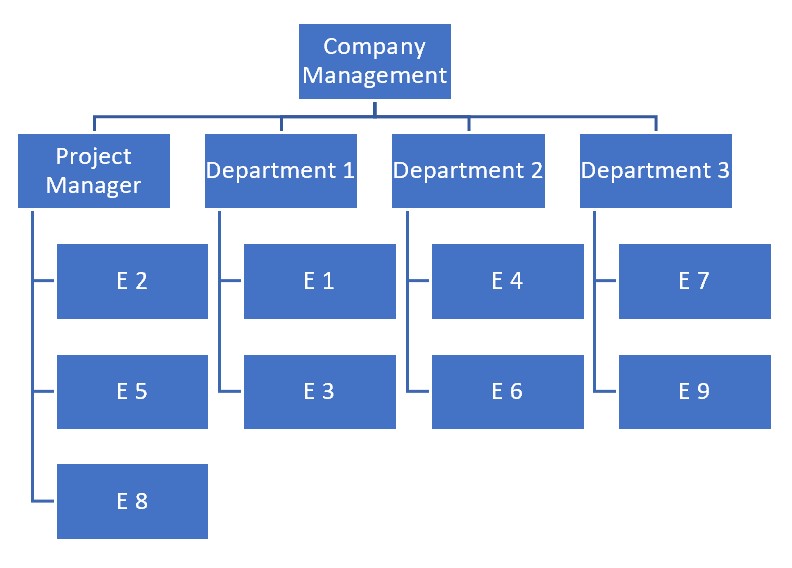

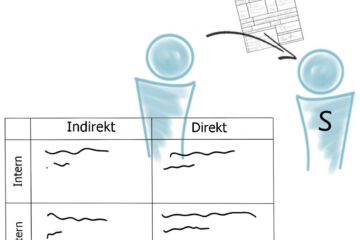

0 Comments